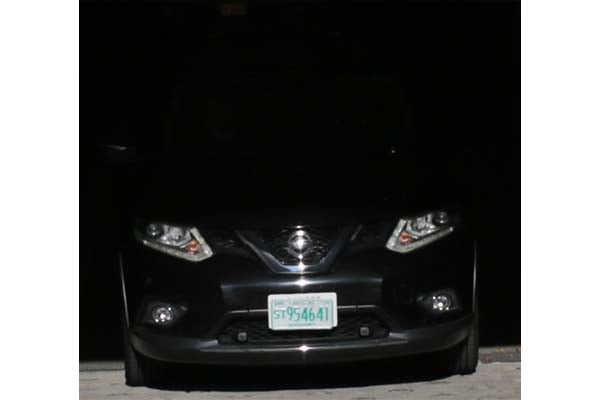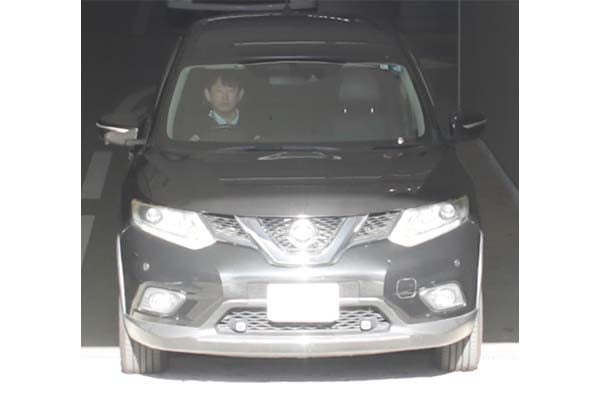Canon’s New Divided Sensor Can Shoot HDR Photos in Single Exposures
![]()
Canon has developed a new sensor that takes a novel approach to high dynamic range (HDR) capture. Rather than taking multiple exposures and blending them into one image, the sensor is divided into sections that each capture its own exposure in a single image.
The new Type-1 (still referred to by Canon as 1.0-inch) sensor is backside illuminated and stacked with a resolution of about 12.6 megapixels (4,152 by 3,024 pixels). The company says that it provides an industry-leading dynamic range (at least in the sensor’s intended market use case) and tackles the problem of HDR in a unique way.
Most sensors deal with vast exposure differences in highlights and shadows by taking multiple exposures and blending them together into a single photo, often very quickly and in-camera. But, as Canon explains, this brings up some problems, namely if the camera is capturing a moving subject, the multiple images can be merged poorly and not properly overlap, which results in what appears to be a blurry or unintelligible photo.
To combat this problem, Canon’s new sensor is divided into 736 distinct areas, each of which can be set to the optimal exposure time based on brightness level. Basically, the sensor can independently adjust exposure on each of those 736 areas, which give it the power to actively create HDR images in real-time and in-camera without having to take multiple exposures.
“This prevents the occurrence of motion artifacts and makes possible facial recognition with greater accuracy even when scanning moving subjects,” Canon says. “What’s more, image synthesizing is not required, thereby reducing the amount of data to be processed and enabling high-speed image capture at speeds of approximately 60 frames-per-second (fps) and a high pixel count of approximately 12.6 million pixels.”
This “regional exposure,” as Digicame-Info puts it, means that the sensor would be able to expose all the parts of challenging lighting conditions properly. For example, if the camera was pointed at the mouth of a parking garage and a car pulls out into the sun, showing the license plate, normal cameras wouldn’t also be able to show the driver who would be cloaked in shadow. A conventional camera would be stuck providing either of the images below:


Canon’s new sensor, however, can:
![]()
While the sensor is designed for industrial and security use, the technology behind how it works could have implications on how Canon develops its consumer sensors in the future.
“With Canon’s new sensor, optimal exposure conditions are automatically specified for each of the 736 areas, thus eliminating the need for image synthesis,” Canon says.
Image credits: Canon